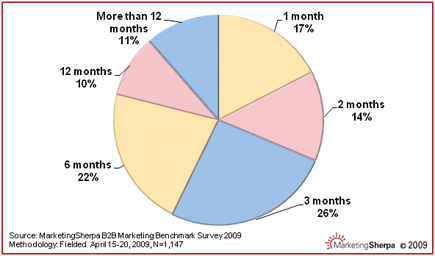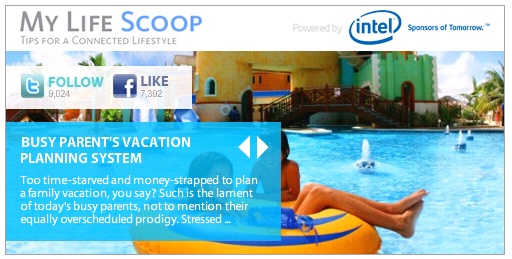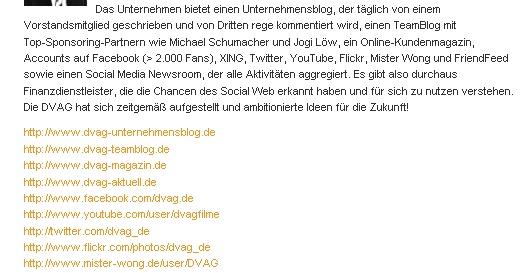Social Networks – Are niche communities the future of networks?
 More often people are fed up with all that self-referential talk of individuals on social networks. Or, companies which do not understand the idea of an online conversation, including clients and not just broadcasting the old-fashioned marketing and sales way. Just today, I had some people in my Facebook stream and my Twitter updates telling me how the weather was, what their kids had for breakfast, or that their wives don’t understand their affinity to social networks. OK, nice, fair enough… Interesting? No!
More often people are fed up with all that self-referential talk of individuals on social networks. Or, companies which do not understand the idea of an online conversation, including clients and not just broadcasting the old-fashioned marketing and sales way. Just today, I had some people in my Facebook stream and my Twitter updates telling me how the weather was, what their kids had for breakfast, or that their wives don’t understand their affinity to social networks. OK, nice, fair enough… Interesting? No!
And then I hear my wife saying… “Why keeping up the contact to so many people if there is no option to even get actively into 10 per cent of the conversations happening in these online relationships?” True, but you never know when some contact might need you, or vice versa.
Checking Facebook and staying up-to-date on Twitter becomes challenging on a busy day, with kids that are happy to see dad in the evening for some minutes, and long-time friends complaining why they don’t hear anything from you anymore.
So, is there another trend coming up in the future that might go for niche social networks, niche communities? Why? We had that offline for ages. Years ago, people have spend hours in their football club bar after a training session, or went to book readings to enjoy the discussion afterwards, or went to a vernisage in order to “philosophy” about the latest gallery exhibition with someone they don’t know. The reason for doing it was just their share of interest in something, a hobby, a passion, or a kind of affinity. So, are we seeing social networks for art geeks going on virtual gallery tours in the future?
My father was telling me that he uses a Bridge community and plays daily for one or two hours. A friend of mine is a DJ and he spend hours in communities for DJs like My DJ Space or Mix DJ. Some even still (or again?) love vinyl and become members in a community there. These music enthusiasts do nothing more or less than share their interest in being DJs, and obviously loving to mix tapes. The special interest is the centre of their community engagement.
Some years ago, somebody approached me with the idea of an international golfer network (http://www.golffriends.com/welcome/community). As I love playing golf (though don’t have enough time to play often…), there was some interest to become a member, if not more to become more engaged in the business idea. But then, time and the thought of managing many private interest networks -as I have quite some hobbies- next to my business networks and the top networks made me not investing too much time in that vision. Maybe I should have done…
Mothers share their passion for coffee on Cafemom, and if we think about all the Starbucks communities it does not surprise us. Games exchange ideas and thoughts on Raptr, or real social activists use Care2. Even more “nichy” is the passion of men for their moustache that they express online to the public. And others share their interest in Whisky or Wine networks.
So, my question is if niche networks could take a big portion of the market share of global social networks (Facebook, Twitter, Myspace, etc.) in the future? Can you see people going away from the self-gloryfying popular networks that the mainstream web user is engaged in? Tell us of niche networks you know and how you see this trend?











